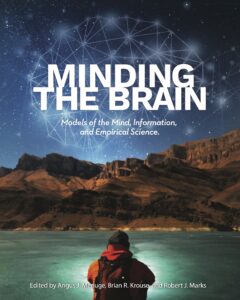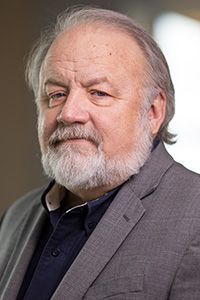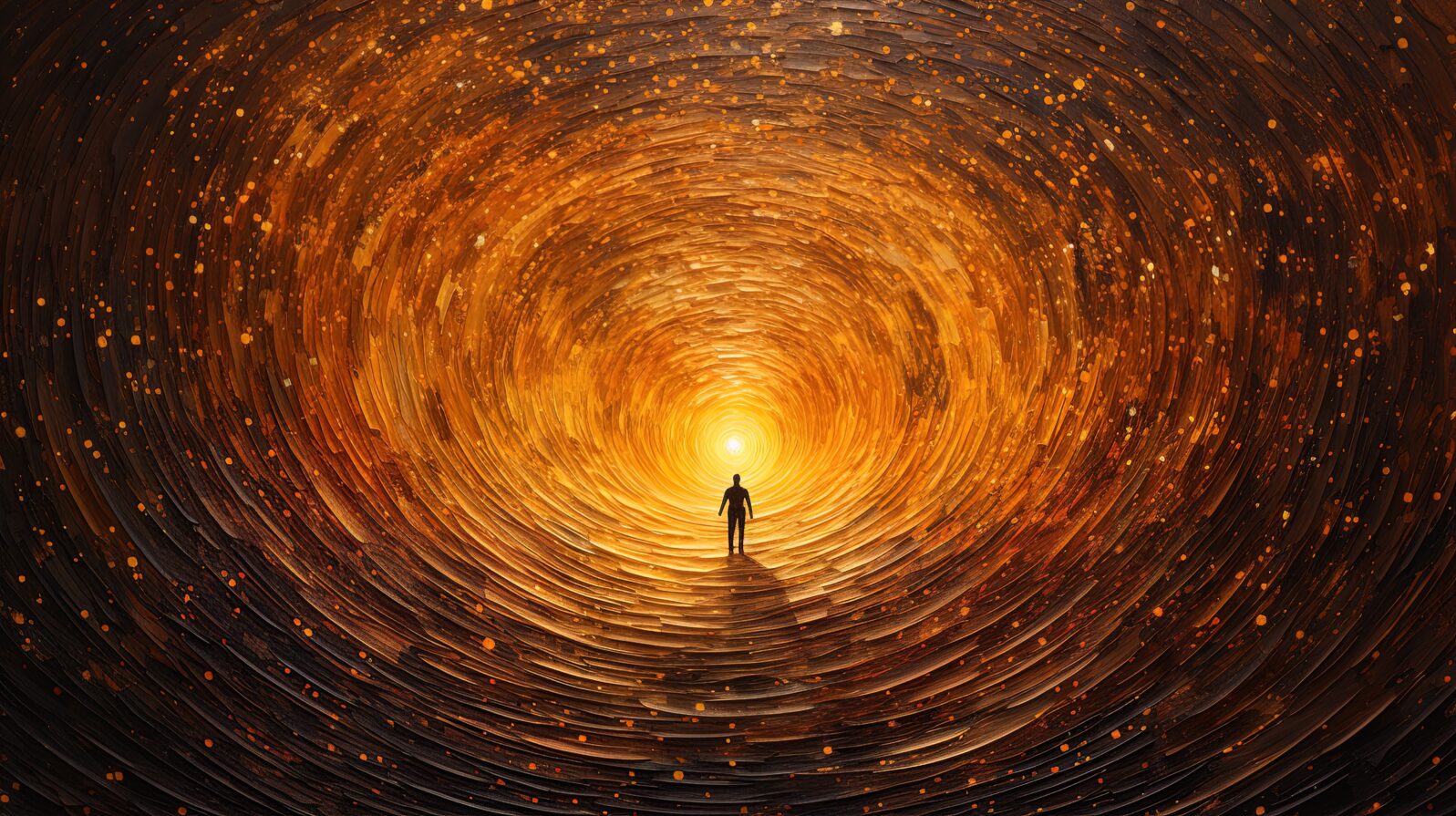Are Near-Death Experiences Becoming Science Now?
The laughter has died down? Good. It was modern medicine — not religion — that created the hard evidence for credible near-death experiencesGary Habermas, a professor of Divinity at Liberty University who appears in the upcoming Angel Studios’ film After Death., also has a chapter on near-death experiences in the just-released book Minding the Brain (Discovery Institute Press 2023).
The chapter looks at the conundrums created by people who have, according to conventional measurements, died and are then brought back by medical heroics — and then report seeing people or learning things they could not possibly have seen or learned unless some element in their being was active while their hearts and brains were not functioning.

Call it the mind, call it the soul… Here are a couple of highlights from Habermas’s heavily footnoted chapter, “ Evidential Near-Death Experiences”:
Sometimes the experiencer recounts apparent trivia:
● A nurse, on her first day back at work after vacation, was a member of the medical team that successfully resuscitated a female patient whom she did not know:
The very next day she saw the patient, who responded, “Oh, you’re the one with the plaid shoelaces!” and explained that she observed them while watching the resuscitation from overhead. Intriguingly, Harmon had just purchased the plaid shoelaces while on her vacation and had worn them to the hospital that day for the very first time. Though casual or mundane conversations by staff often occur in hospital settings, even during stressful times, the color of shoelaces does not appear to be a topic that would be likely be discussed or even noticed during a frantic resuscitation attempt.
pp. 326–27 Ref: Kenneth Ring and Madelaine Lawrence, “Further Evidence for Veridical Perception During Near-Death Experiences,” Journal of Near-Death Studies, 11 (1993): 223–229.
But trivia can sometimes make a difference. Psychiatrist Bruce Greyson first became interested in NDEs in a similar situation. An NDE experiencer noticed, in an out-of-body experience, a spaghetti stain on his tie, which he had successfully concealed from colleagues.
● But sometimes, the message the NDE experiencer offers is not trivial at all:
A young nine-year-old boy named Eddie was seriously ill in a hospital. Recovering from a thirty-six-hour fever, Eddie immediately told those in the hospital room that he had been to heaven, recounting seeing his grandfather, an aunt, and an uncle there. But then his startled and agitated father heard Eddie report that his nineteen-year-old sister Teresa, away at college, was in heaven too, and she told Eddie that he had to return. But the father had just spoken to Teresa two days prior. Checking with the college, the father found out that his daughter had been killed in a car accident the previous day …
p. 331 Bruce Greyson, “Seeing Dead People Not Known to Have Died: ‘Peak in Darien’ Experiences,” Anthropology and Humanism, 35 (2010): 159–171. P. 167 The paper is open access.
The college had been unable to reach Teresa’s parents, probably because they were with Eddie. While near-death experiencers sometimes meet persons who were not known to have died, they rarely meet anyone who is alive in this world.
These sorts of cases are not as rare as we might suppose, Habermas notes. There are many other solid ones.
What to make of it all? Two things to start with: First, from time immemorial, there were stories, now and then, of a person who apparently died, saw the unseen world, and came back to tell about it. Carol Zaleski wrote a valuable book, Otherworld Journeys (Oxford University Press, 1987), collecting such stories from many genres. But how should we understand them? Are they divine truth? Pious fiction? Narcissistic fantasy? Who knows? Each interpretation comes with problems. If it’s divine truth, what about the cultural differences? If it is pious fiction, what about the knowledge gained while apparently dead (veridical experiences)? If it is fantasy, why all the life-changing experiences?
Blame Medical Science If You Want
Second, scientific medicine, not religion, enabled hard evidence for these experiences. The ability to bring patients back after they are dead, according to clinical criteria, birthed the field. And no one wants to do without these medical marvels either. That’s probably why traditionally materialist science media have not simply denigrated near-death experiences. Of course, they are hoping for a materialist explanation. But right now, they are focusing on the ways in which the brain can be active after death.

What about the fact that near-death experiences, taken as a whole, do not seem to support one theology over another? Perhaps we shouldn’t be surprised. If an NDE were simply an encounter with divine truth, perhaps most of us could not apprehend it. Nor would we be able to describe it. Rather, what NDEs show is that the human mind can function apart from the body and that the unseen world it then encounters is much richer and stranger than anyone supposed. Habermas offers,
The things typically appearing in the heavenly reports, such as the incredible beauty of the music or the surroundings, ineffable feelings, heightened senses of awareness, or the correct identifications of heavenly figures such as angels, Jesus, or other religious figures are almost totally without corroborating evidence by which the reports might be evaluated. (p. 337)
None of which is to say that they “aren’t true.” Rather, what got NDEs to the top of the in tray was experiencers’ reports of events in this world, serious or trivial, that can be validated by others.
We don’t even know for sure what happens to the experiencers who do not return. Do they continue to exist? How would we know? In our forthcoming book, The Human Soul (Worthy 2024), neurosurgeon Michael Egnor and I devote a chapter to philosophical arguments for the immortality of the human soul.
The soul is immortal, no question. But NDEs only show that immortality is possible. Logical philosophical reasoning shows why it is necessary.
You may also wish to read: Will Angel Studios’ new “After Death” be a hit like “Sound of Freedom”? The new 90-minute film interviews researchers and survivors of near-death experiences. Evidence of survival after death is an unexpected outcome of modern medicine. How will the fashionable media that trashed the box office hit Sound of Freedom react?
and
Near-death experience study: Brain is active after death. Science media are making surprisingly few efforts to attack or explain away the team’s findings. In their Discussion, the authors conclude, “The recalled experience surrounding death now merits further genuine empirical investigation without prejudice.”
